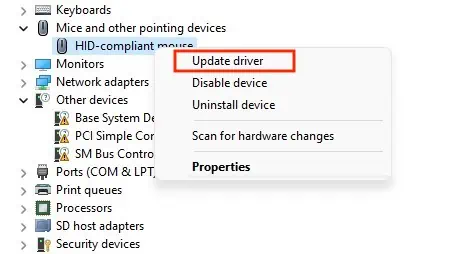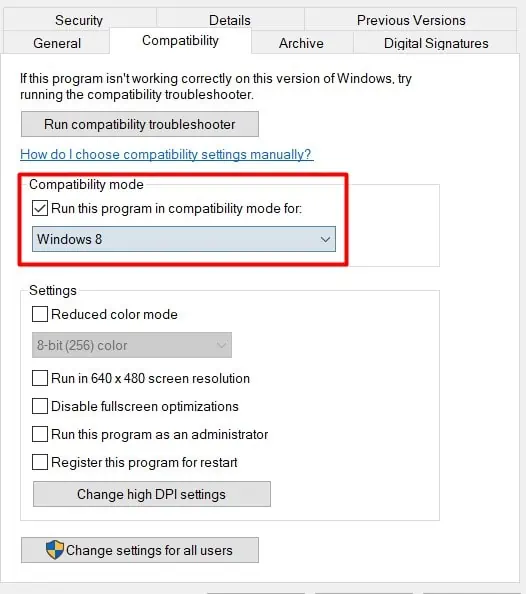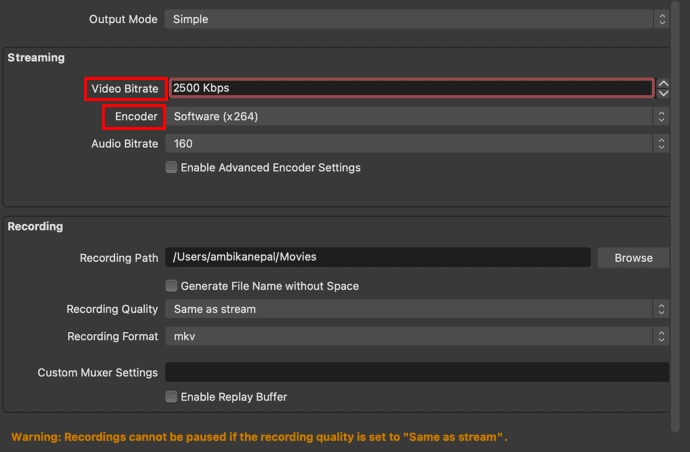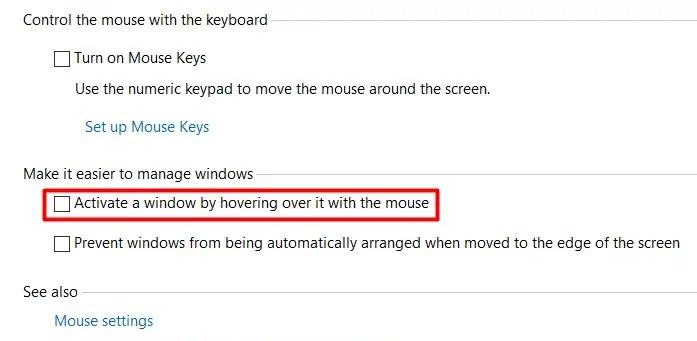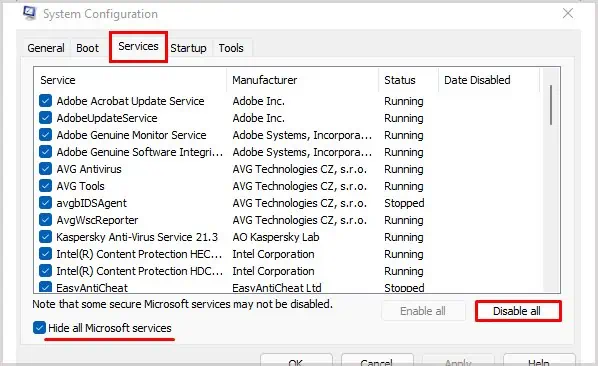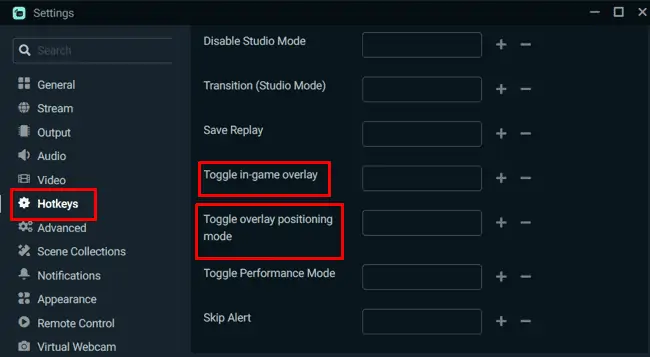There’s no denial of the fact that the mouse sure is an essential part of your computing system. However, when your mouse abnormally starts to highlight everything on the screen, it becomes a problem.
Every user, one time or the other, has faced the issue of their mouse highlighting everything on the window they are working on. Usually, this issue disappears after a simple restart of the computer. But sometimes, rebooting your computer will not help and you have to look for other ways.
So, this guide is prepared to help you fix the issue of your mouse highlighting everything, either when you click the buttons or scroll the wheel. Check all the steps down below.
Why Is My Mouse Highlighting Everything?
- Hardware issues
- Outdated drivers
- ClickLock
- Sticky Keys
- Improper cursor settings
- Conflicting applications
- Outdated windows build
How Do I Fix Mouse Highlighting Everything?
The definite method to fix this abnormal behavior of a mouse varies between different users. For some, a simple reboot of their computer might be the only thing needed. But for others, there may be a plethora of fixes to try out.
So, be sure to follow all the methods listed below until your problem gets solved. Let’s begin!
Check for Underlying Hardware Issues
Before we jump into any technical fixes, it’s important to verify that there aren’t any hardware issues, either on your mouse or on your computer.
So, connect the mouse to another computer (if possible) and see if it works there or not. If it does, the problem might be on your system itself. However, if the mouse doesn’t work on another computer as well, your mouse may be damaged.
Update Your Mouse Driver
Your mouse driver ensures that your operating system is compatible with the mouse device you’re using. An updated driver allows your computer to communicate swiftly with your connected peripheral (in this case, your mouse), ultimately making sure that it operates with the desired workflow.
Here are the steps to update your mouse driver:
- Right-click on the Start menu and select Device Manager.
- Expand Mice and other pointing devices.
- Right-click on your mouse and select Update Driver.

- Select Search automatically for drivers when prompted to allow the computer to search for and install the required drivers through the internet.
Reinstall Your Mouse Driver in Compatibility Mode
Sometimes, a bad installation file makes your device operate inefficiently with underlying glitches and bugs. So, reinstalling this file discards the bugs from the previous install and pastes a fresh batch of interfacing data on your computer.
Furthermore, reinstalling your mouse driver on a compatibility mode runs the setup file incorporated with settings from previous Windows versions. So, for this,
- Download the mouse driver from your device manufacturer’s website.
- Once the download is complete, right-click the installation file and go to Properties.
- Navigate to the Compatibility tab.
- Check the box for Run this program in compatibility mode for.
- Then, from the drop-down list, select a version of the Windows OS.

- Click Apply, followed by OK.
- Now, install your driver and see if it fixes your issue.
Turn Off ClickLock
Windows allows its users to drag and highlight objects in the operating system without having to hold down the mouse button. So naturally, if this feature is enabled in your system without your knowing, your mouse might start to highlight everything without you having to command it.
So, let’s disable ClickLock on your system and see if it fixes anything. For this,
- From the Start menu, search for and go to Control Panel.
- Once you’re in the Control Panel, click on View by and set it to Large icons.
- Now, select Mouse.
- On the Buttons tab, uncheck the option box for Turn on ClickLock.

- Click Apply, followed by OK.
Change Your Mouse’s Blink Rate Value
When the blink rate of your cursor is set to a low value, it sometimes tends to highlight whatever is running on the screen. So, setting your mouse’s blink rate to a higher value shall see it blink faster and could potentially solve your problem. Here are the steps to change the blink rate value:
- From the Start menu, search for and go to Control Panel.
- Once you’re in the Control Panel, click on View by and set it to Large icons.
- Select Keyboard.
- You can now use the slider to change the cursor blink rate to a desirable speed.

Setting it to a faster value is recommended. - Finally, click Apply, followed by OK.
Alter Your Mouse’s Double Click Speed
You can alter your mouse’s double click speed to prevent any kind of confusion that might occur due to a faster click. That is, a quick double click speed could unintentionally highlight the objects on your screen. So, maintaining this speed could fix your problem. Hence, for this:
- From the Start menu, search for and go to Control Panel.
- Once you’re in the Control Panel, click on View by and set it to Large icons.
- Now, select Mouse.
- On the Buttons tab, you can use the slider to adjust the Double-click speed.

Slowing down the double-click speed is recommended in your case. - Click Apply, followed by OK.
Alter the Ease of Access Settings
The ease of access settings on Windows provides various accessibility options to try and make your operating system easier to use and navigate. There are accessibility options for your mouse and your keyboards as well, and hence altering these settings could solve your problem. For this,
- From the Start menu, search for and go to Control Panel.
- Once you’re in the Control Panel, click on View by and set it to Large icons.
- Now, select Ease of Access Center.
- Select the Make the mouse easier to use option.
- Here, uncheck Activate a window by hovering over it with the mouse.

- Click Apply, followed by OK.
- Now, go back to the Ease of Access Center.
- This time, select Make the keyboard easier to use option.
- Uncheck Turn on Sticky Keys.

- Finally, click Apply and then, OK.
Perform a Clean Boot
Here, the main reason for performing a clean boot is to determine if any third-party applications are in conflict with your device’s software interface. This is because conflicting applications can cause the mouse to misbehave in a lot of ways and can even influence it to highlight everything on the screen.
Applications running either in the foreground or the background can push the operating system out of its normal workflow. Hence, we will perform a clean boot and see if it fixes your issue. So, for this,
- Press Win + R to open the run command box.
- Type
msconfigand hit enter. - Go to the General tab and uncheck Load startup items.
- Navigate to the Services tab.
- Check the option box to Hide all Microsoft services.

- Then, click Disable all.
- Click Apply and then, OK.
- Finally, Restart your computer when prompted.
Now, check to see if your mouse works properly. If it still doesn’t, then there aren’t any conflicts from third-party applications.
However, if it does start to work efficiently, then third-party applications are surely interfering with it. You now have to find out which application is the interfering one. So, repeat the steps shown above and disable each application one by one to figure out the conflicting app(s).
Run DISM and SFC
You can scan and fix the corrupted system files from your current OS build by performing DISM and SFC scans. If any files are found to be corrupted, DISM replaces them with a fresh batch of the corresponding system file.
Hence, you can run the DISM and SFC to ensure that your computer runs smoothly and fix the issue you’re facing. So, for this,
- Press Win + R to open the run command box.
- Type cmd and press Ctrl + Shift + Enter to run as administrator.
- Enter the following code:
DISM /Online /Cleanup-Image /RestoreHealth
- Then, after the process completes, run the following code:
sfc /scannow
Configure Your Windows Build (Update or Revert)
A glitch within the Windows update can make your system perform inefficiently. So, the problem of your mouse highlighting everything on your screen could be traced back to a faulty Windows build.
So, in this case, you can update your Windows version with the steps shown below:
- Press Win + I to open the Settings app.
- Select Windows Update from the left panel.
- Click on Check for updates.

- If Windows returns a list of available updates, accept and follow the on-screen instructions to successfully update your Windows computer.
However, if you think that this problem with your mouse arose only after you installed all the available Windows updates, you can always revert this installation to roll your OS back to a previous build. So, to do this:
- Press Win + I to open the Settings app.
- Select Windows Update from the left panel
- Click on Update History.
- Now, click on Uninstall Updates.
- On this new window, right-click on a Microsoft Windows update and select Uninstall.

- Restart your PC.


